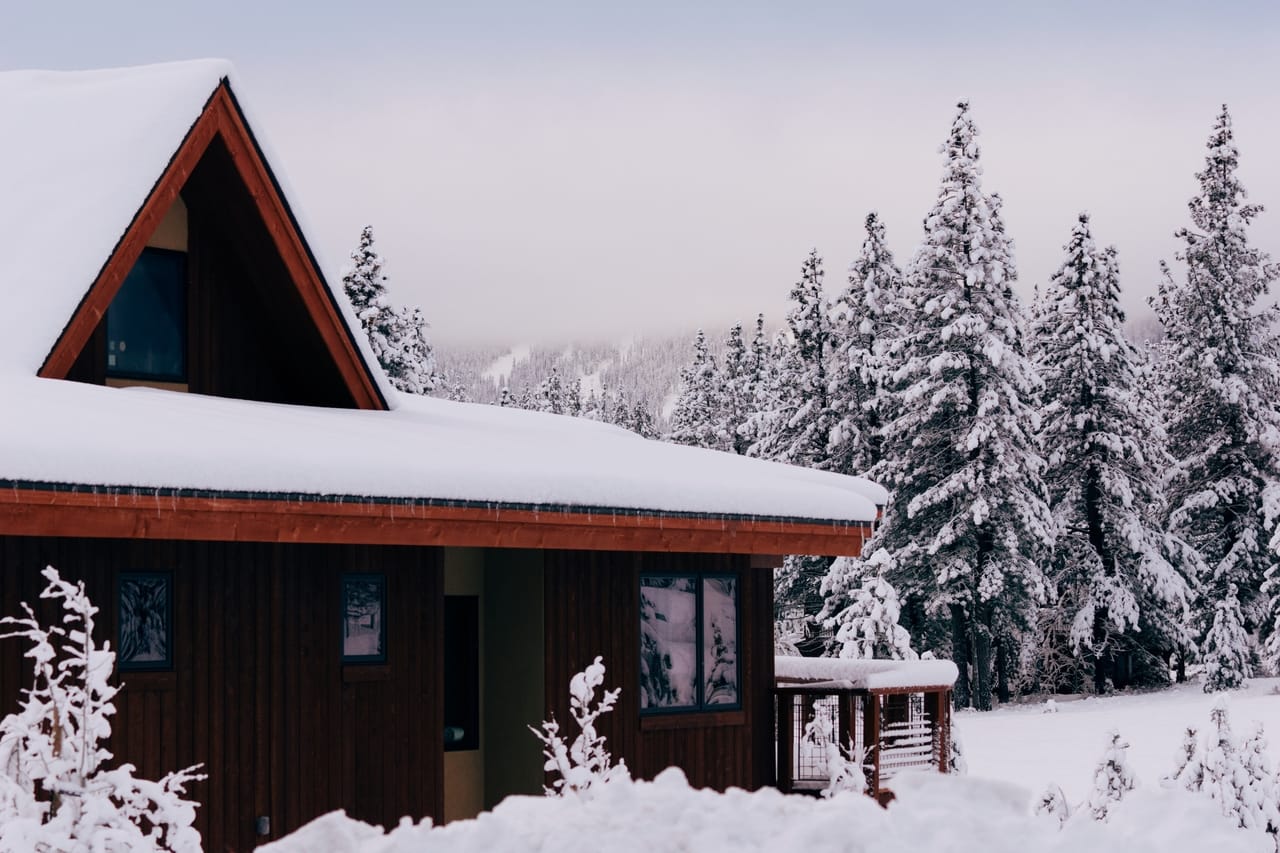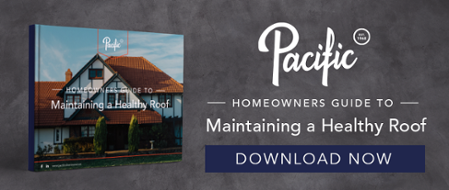 If you don’t have an ice dam problem and you’re not concerned about your roof collapsing or heavy snow falling on you or your family, you shouldn’t need to remove snow from your roof. In fact, snow can be beneficial for your roof during the winter, acting as an extra layer of insulation to keep more heat inside your home.
If you don’t have an ice dam problem and you’re not concerned about your roof collapsing or heavy snow falling on you or your family, you shouldn’t need to remove snow from your roof. In fact, snow can be beneficial for your roof during the winter, acting as an extra layer of insulation to keep more heat inside your home.
On the other hand, if you have ice dams or you’re worried about roof collapse, you should have the snow removed promptly. Let’s dive deeper to determine if the snow on your roof poses a real threat to you or your home.
Is there a weight problem?
If you have an older home, your home wasn’t built to code, or you’re getting a lot more snow than usual in your region, it’s possible for the snow to become too heavy for your roof to hold. Flat and gently pitched roofs hold more snow longer than steeply pitched roofs and are much more susceptible to collapsing.
There are some signs you can look for to determine if there’s too much weight on your roof. First, go to the top floor and examine the doors nearest to the center of your home. Do they stick? Are they harder to open and close than they used to be? Also inspect the frames and drywall around these same doors. Do you notice any cracking? If you answered yes to any of these questions, the snow on your roof might be too heavy. Call a roofing contractor you trust to inspect your roof as soon as possible.
Another way to determine if you have excess snow load is to measure the amount and density of snow on your roof. Use this nifty snow load calculator or ask a professional to inspect your roof for you.
Are you concerned about falling snow?
In areas with heavy snowfall, it’s not far fetched to worry about snow falling on people or pets while entering and exiting your home. The threat is more serious if you have a steeply pitched or metal roof and snow often falls to the ground with great force. If you’re worried about snow falling from your roof and causing injury or property damage, consider having it removed. Another option would be to install a snow retention system that controls the amount of snow that falls from you roof and the speed at which it drops.
Do you have ice dams?
If you have icicles hanging from your roof, you probably have an ice dam problem. Ice dams are the most common reason homeowners require snow removal services. While icicles may look pretty, they can cause serious damage to your home.
Ice dams form when snow on your roof begins to melt and slides toward the roof’s edge. Before it flows onto the ground, the water can refreeze on this cooler part of the roof and begin to form a dam that builds over time. If water pools near the edge of your roof behind this blockage, it can seep into your home and lead to problems such as warping, rotting, wall and ceiling stains, and mold growth. Ice buildup can also damage your gutter system.
How can I safely remove snow from my roof?
To avoid or mitigate the problems mentioned above, you can remove snow from your roof using a roof rake. Choose a roof rake with small rollers or wheels to avoid damaging your roof—especially if you have shingles. Stand on the ground and use an extension pole to reach your roof, and then carefully pull the snow off the edges and onto the ground. This can be a strenuous job that requires upper body strength—in other words, it’s not for everyone.
Don’t attempt this work if the ground around your home is slick. If you can’t reach your roof from the ground, hire a professional to remove the snow for you. NEVER use a ladder or climb on your roof and use a shovel to do the job. Not only could you damage your shingles, but you risk falling and seriously injuring yourself—especially in the winter. It’s just not worth it.
The safest and most effective option for snow removal is to hire a professional who has the tools and equipment needed to do the job right. A pro can also remove any ice dams from your roof without damaging your home as well as offer viable solutions to help prevent more ice dams from forming in the future. This may include installing heat cables or heat-conducting panels to keep the snow on your roof melted or identifying the source of your ice dam problem, which is usually related to inadequate ventilation or insulation. At the end of the day, hiring a pro for snow retention or ice dam prevention service is the safer and smarter choice for you and your home.
Are you dealing with condensation on your ceiling? If you’re experiencing water dripping through your ceiling during the winter and it’s not due to an actual roof leak or ice dam problem, condensation is the most likely culprit. Find out how to identify the issue and implement a solution.

